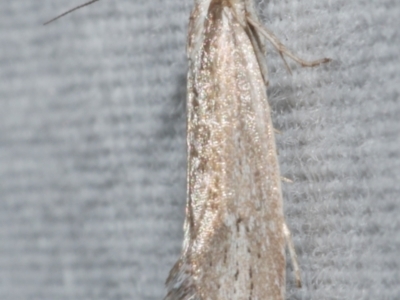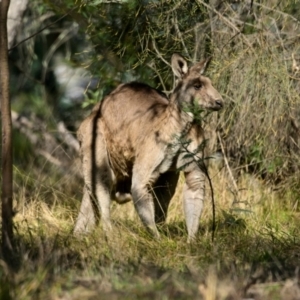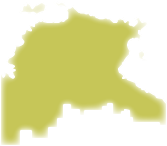Top species richness
Announcements
Hello NatureMaprs,We are desperate for testers. This is call for anyone who'd like to be involved in testing our 4.4.0 mobile update. We need as many testers as possible to ensure the application runs...
Continue reading
Exciting mobile app updates under way
Future of NatureMapr survey results and update
Application Testing: Update 4.4.0
Discussion
Tiphiidae (family)
Prepalla tephrina
Locusta migratoria
Billardiera heterophylla
First record on CNM. Last recorded by me in 1974? When it actually bred. See my paper for details
?
Locusta migratoria
Significant sightings
- Lycopodium deuterodensum at QPRC LGA
- Mirbelia pungens at Rob Roy Range
- Tetramesa sp. (genus) at Molonglo River Reserve
- Telala musiva
- Keyacris scurra
- Gentianella muelleriana subsp. jingerensis at Namadgi National Park
- Gentianella muelleriana subsp. jingerensis at Namadgi National Park
- Bipalium kewense at Berry, NSW
- Engaeus cymus at Lower Cotter Catchment
- Spiloscapha thallioides
Latest identifications
Camponotus aeneopilosus at Mount Ainslie
Camponotus sp. (genus) at Mount Ainslie
Crematogaster sp. (genus) at Mount Ainslie
Iridomyrmex purpureus at Mount Ainslie
Artamus cyanopterus at Penrose, NSW
Wallabia bicolor at Yanakie, VIC
Lepidoptera unclassified IMMATURE moth at Mount Ainslie
Hirundo neoxena at WREN Reserves
Platycercus elegans at Wodonga
Top contributors
- AlisonMilton 12.3K
- trevorpreston 12.2K
- michaelb 10.2K
- Tapirlord 9.4K
- RodDeb 9.1K
- Mike 8.3K
- KylieWaldon 6.1K
- kasiaaus 6.1K
- jb2602 6K
- MatthewFrawley 5.5K
Top moderators
- MichaelMulvaney 42.2K
- Tapirlord 21.8K
- natureguy 15.1K
- donhe 12.4K
- michaelb 11.5K
- Liam.m 11.3K
- ibaird 10.7K
- KimPullen 7.9K
- MatthewFrawley 5.8K
- AlisonMilton 5.3K
Explore Australia by region
Australian Capital Territory
Canberra & Southern TablelandsNew South Wales
Albury, WodongaCanberra & Southern Tablelands
Central West NSW
Far West New South Wales
Greater Sydney
Hunter Region
New England
New South Wales North Coast
Riverina Murray
South Coast
Southern Highlands
Northern Territory
Central and BarkleyTop End and Big Rivers

































































































































































































